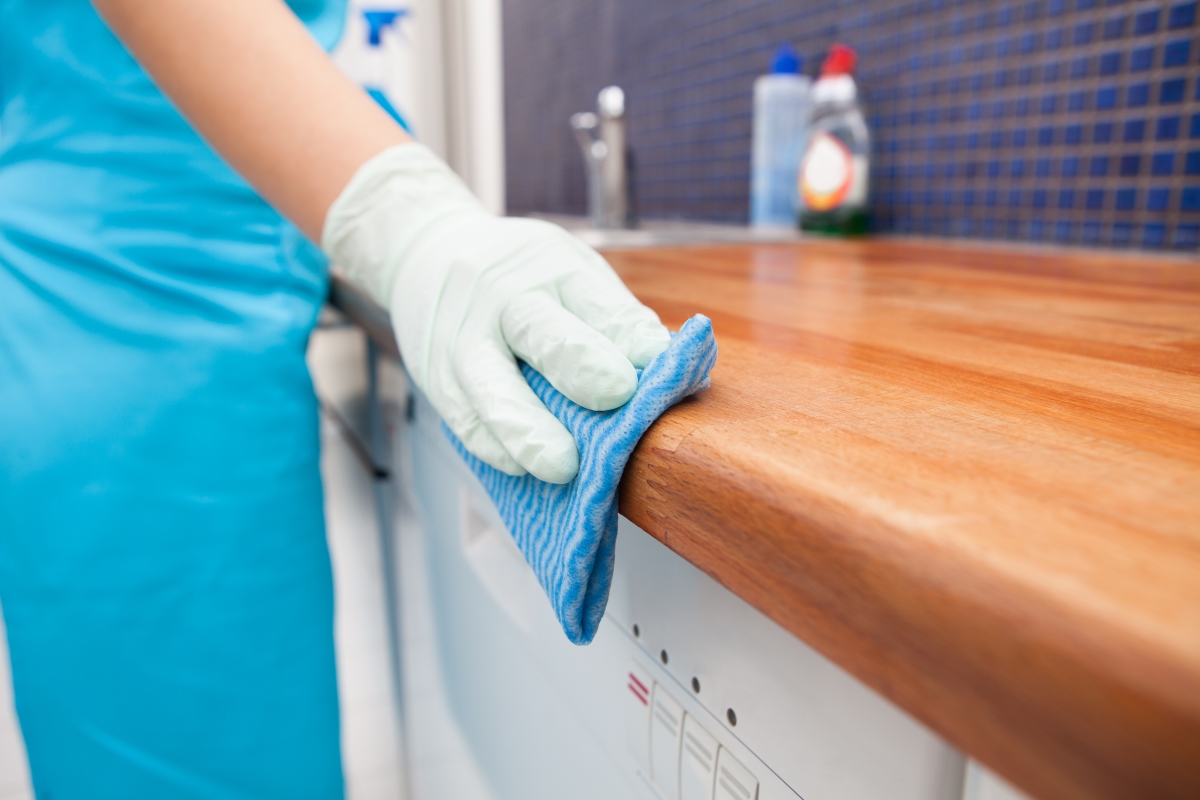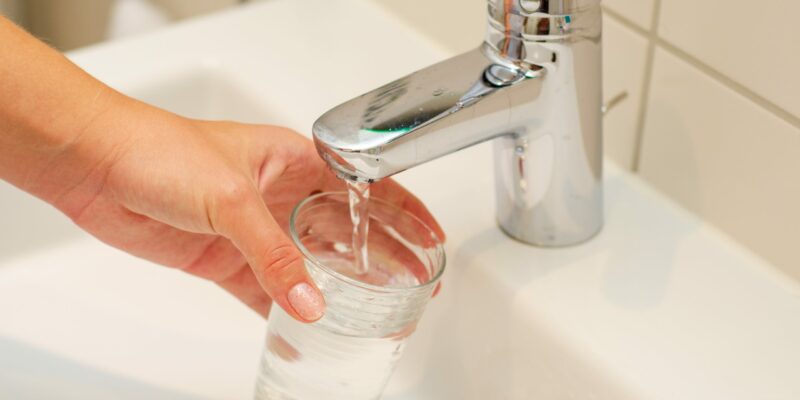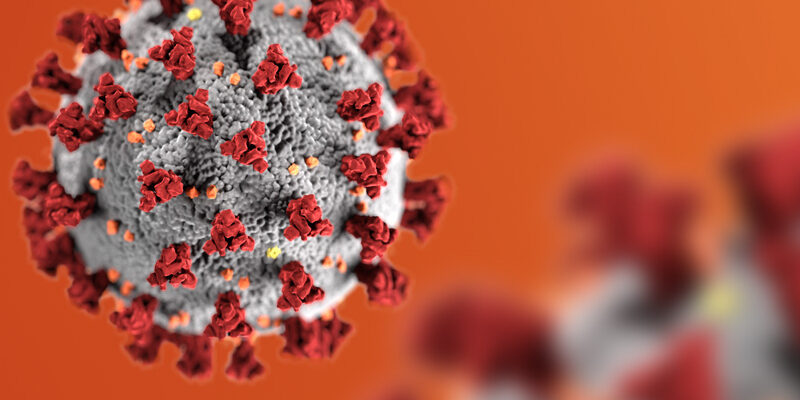Tips for Using Disinfectant Products Safely
News articles and reports from the Centers for Disease Control and Prevention (CDC) have highlighted an increase in accidental poisonings in some areas of the United States.1 In response, the Center for Biocide Chemistries developed a fact sheet that provides some do’s and don’ts for the safe use of disinfectant products.
Before using a disinfectant or antimicrobial product read the instructions for guidance on how to use the product correctly. Although it can seem logical to assume a product formulated to disinfect surfaces can also be used to wash food, in many cases, doing so can lead to accidental poisoning.
Do’s and Don’ts for Using Disinfectant Products:
 Always read and follow the label instructions on all your disinfectant products.
Always read and follow the label instructions on all your disinfectant products.- Don’t use disinfectant products on or in the human body, pets or food.
- Don’t store disinfectants in areas that are easily accessible by children or pets.
- Keep products out of a child’s sight and reach, even when using them.
- Don’t pour disinfectants into other containers with different labels.
- Don’t combine disinfectants and cleaning products with other products or put them in unlabeled bottles or jugs.
- Wear protective gear like gloves if recommended on the product label.
EPA Registration
In the United States, surface disinfectants must be registered with the U.S. Environmental Protection Agency (EPA).2 EPA dictates what information must be included on EPA-registered product labels. These labels might include the following:
- Product name
- Ingredients
- Child hazard warning statements
- First aid instructions
- Directions for use, storage and disposal
The National Pesticide Information Center, a partnership between the University of Oregon and the EPA, provides more in-depth information about antimicrobial products and their labels.3



